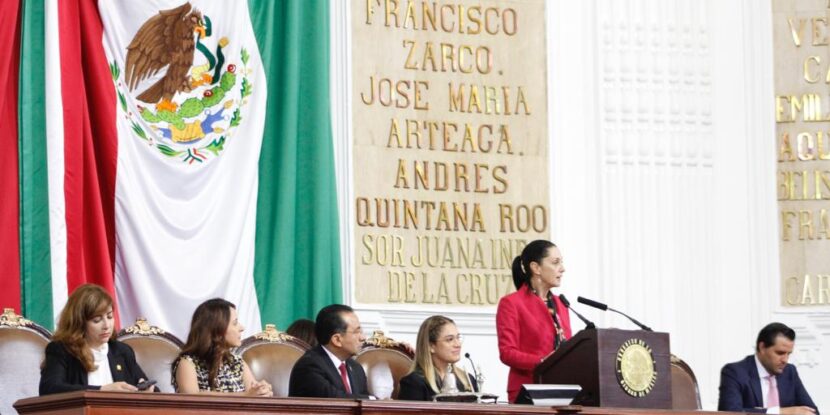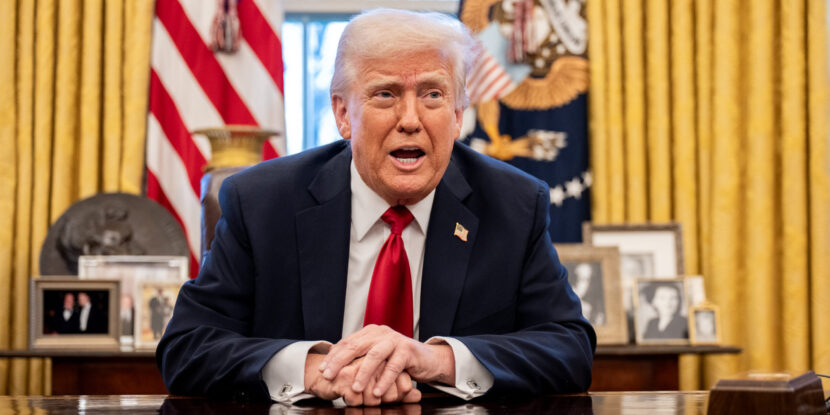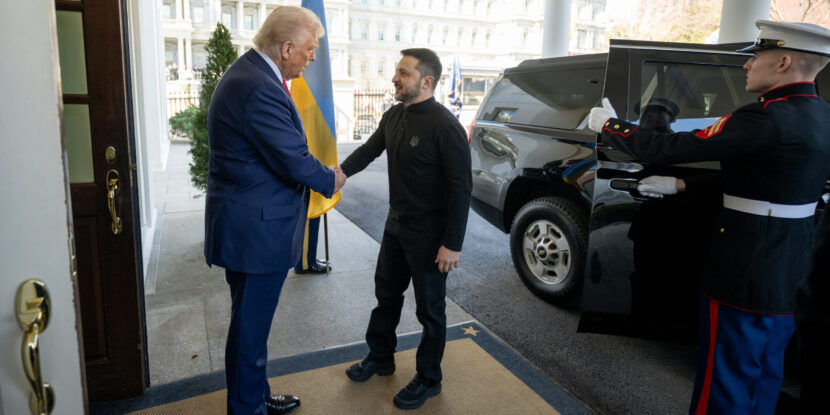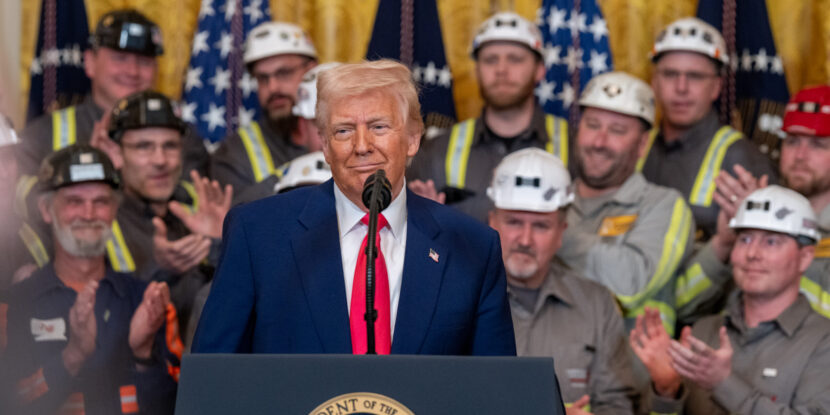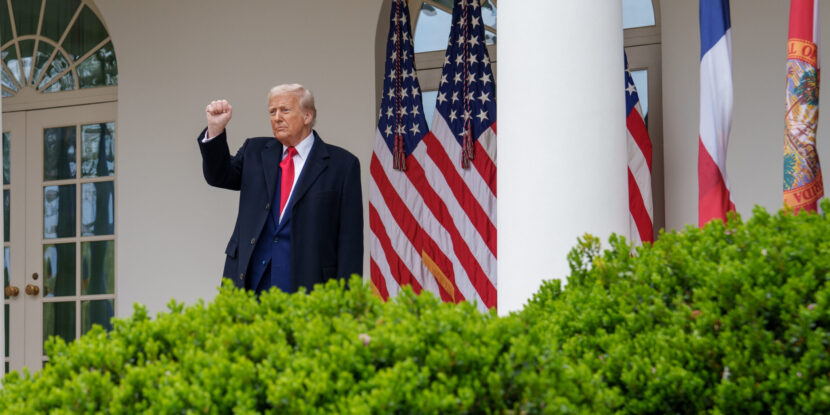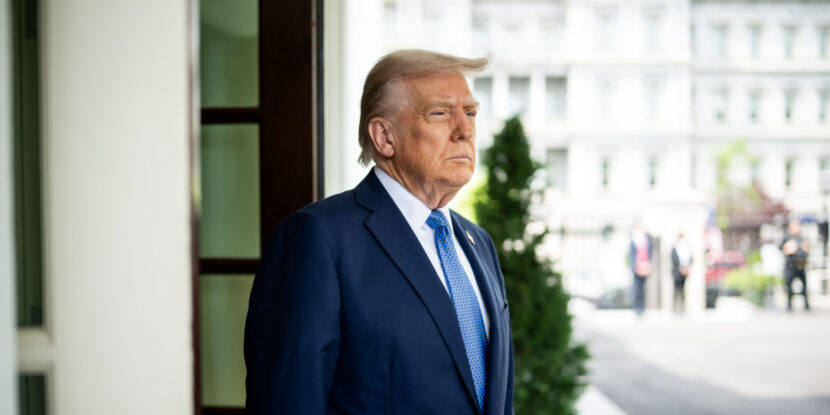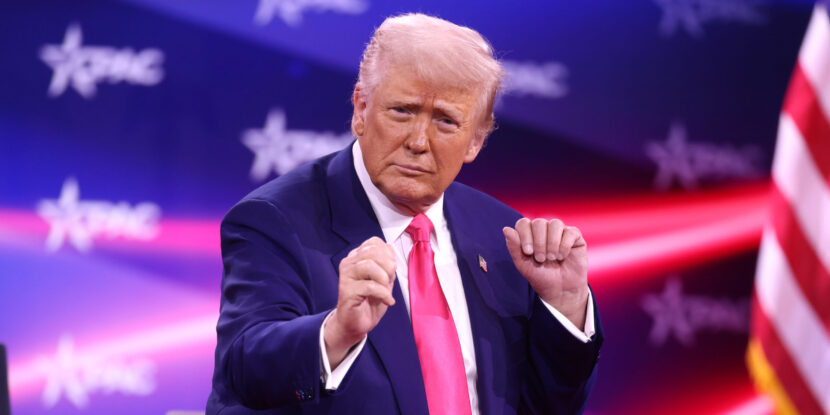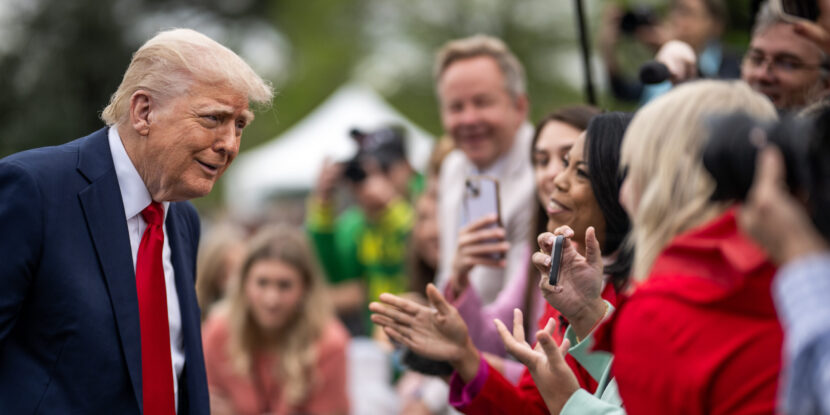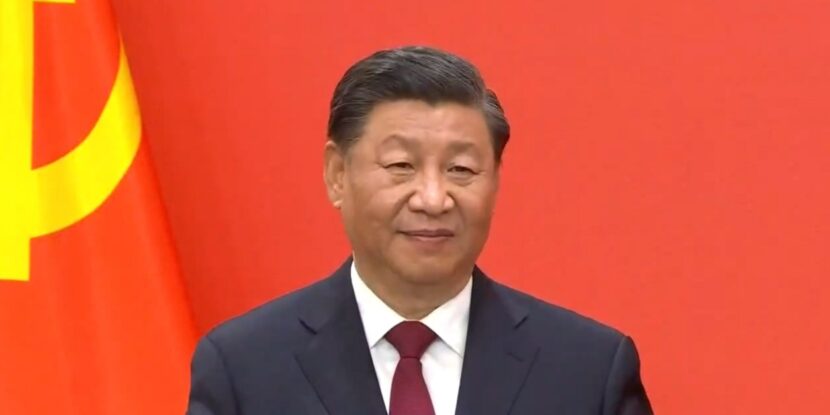PULSE POINTS:
❓What Happened: Mexican President Claudia Sheinbaum has pledged to “improve” its trade balance with the U.S., currently skewed in Mexico’s favor, in response to President Donald J. Trump’s imposition of tariffs to correct such imbalances.
👥 Who’s Involved: Mexican President Claudia Sheinbaum and U.S. President Donald Trump.
📍 Where & When: The conversation was acknowledged on Thursday, details shared in Mexico.
💬 Key Quote: “We agreed that the secretaries of the Treasury, finance, economy and commerce will continue working in the coming days on options to improve our trade balance and advance outstanding issues for the benefit of both countries,” Sheinbaum wrote on X.
⚠️ Impact: U.S. tariffs remain in place for certain Mexican exports. Mexico aims to decrease its trade imbalance with the U.S. so the Trump administration feels less inclined to correct it through tariffs.
IN FULL:
Mexican President Claudia Sheinbaum announced Thursday that she has held conversations with U.S. President Donald J. Trump on trade, revealing, “We agreed that the secretaries of the Treasury, finance, economy and commerce will continue working in the coming days on options to improve our trade balance and advance outstanding issues for the benefit of both countries.”
So far, no definitive plan has been reached to eliminate tariffs affecting certain Mexican exports. These were imposed by President Trump to address the trade imbalance between the two countries, with manufacturing jobs flowing to America’s comparatively low-wage neighbor at the expense of American businesses and workers.
While Mexico has avoided being hit with high reciprocal tariffs, trade duties imposed on specific sectors such as automobiles and steel pose ongoing challenges to the Mexican economy. The U.S. absorbs a significant portion of Mexican exports, with Mexico overtaking China as America’s biggest source of imports in 2023.
President Trump said in late April that he believes he will have secured 200 trade deals, increasing advantages for American producers and exporters, by roughly the end of May, possibly paving the way for a reduction in some tariffs.
Image: Mexico City Government.
show less